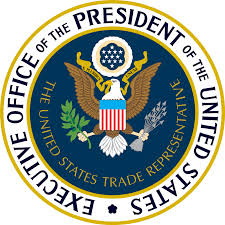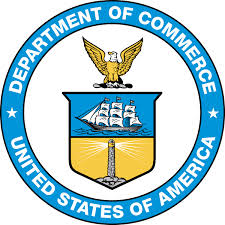June 2018
June 1, 2018August 2018
August 1, 2018This Is Not A Drill: New Tariffs Take Effect Next Week
After months of speculation, the Trump Administrations’ first tariffs aimed exclusively at Chinese goods take effect on July 6th. This list includes 818 of the 1,333 tariff lines originally announced, and is valued at $34 billion worth of imports from China. Products falling under these tariff lines with an origin of ‘CN’ will see an additional duty of 25 percent. There had been much speculation that the President might be able to extract enough sanctions to avoid actually imposing the additional sanctions, but negotiations faltered. In response, stock markets fell, and leaders from around the world first condemned the action, then announced their own tariff hikes on U.S. goods. The only thing that did seem to respond to the tariff announcements: the U.S. economy. Perhaps a timely sign of Independence?
Top Story - Harley-Davidson Move Speaks More Loudly Than Its Tailpipes
The World Responds: Europe and China Immediately Announce New Tariffs On American Goods, Impacting Foreign-Trade Zones


Tariff Exemptions Start Being Granted . . . Slowly
No Victim Of The Trade War: U.S. Economy Remains Strong, Bolstering FTZ Use


U.S. Foreign-Trade Zones Board Activity
This Is Not A Drill: New Tariffs Take Effect Next Week
After months of speculation, the Trump Administrations’ first tariffs aimed exclusively at Chinese goods take effect on July 6th. This list includes 818 of the 1,333 tariff lines originally announced, and is valued at $34 billion worth of imports from China. Products falling under these tariff lines with an origin of ‘CN’ will see an additional duty of 25 percent. There had been much speculation that the President might be able to extract enough sanctions to avoid actually imposing the additional sanctions, but negotiations faltered. In response, stock markets fell, and leaders from around the world first condemned the action, then announced their own tariff hikes on U.S. goods. The only thing that did seem to respond to the tariff announcements: the U.S. economy. Perhaps a timely sign of Independence?

